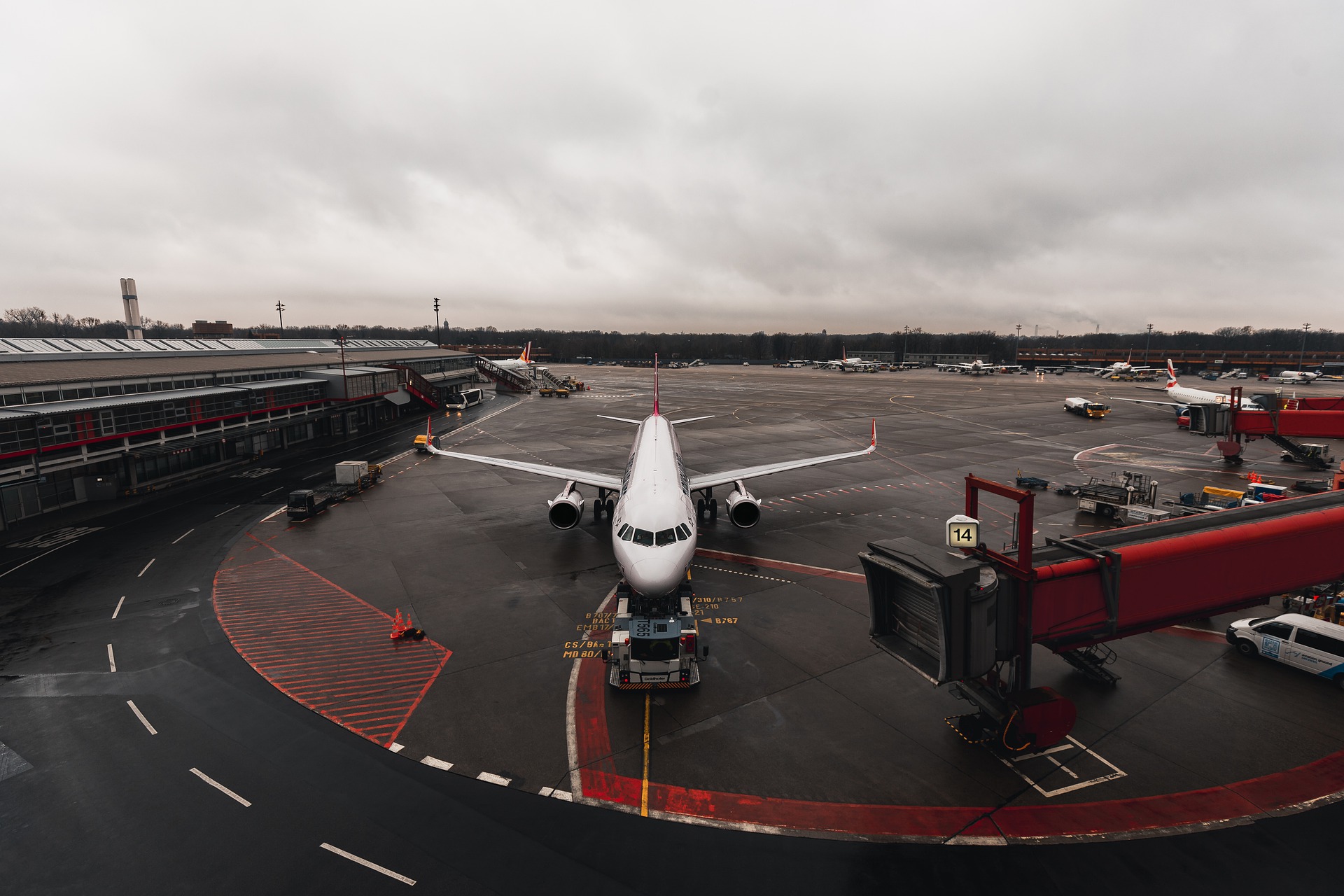Can the Aviation Industry get Unstuck from the COVID-19 Mud?

When the COVID-19 pandemic is over, the world that we will return to will be nothing like the one we were used to living in. One of the industries that are currently taking the most damage, and at the same time is expected to change fundamentally in the post-coronavirus age, is aviation.
There’s a lot to be said about the current situation, with airlines around the globe struggling to cover the mounting costs caused by grounded fleets. Some are on the verge of collapsing, others are moving forward with massive lay-offs, and many have already openly declared that we should forget about low-cost travel for the next couple of years or so.
The question about how bad the crisis in the airline industry is doesn’t have a concrete answer right now, as we are not sure about the duration of the travel bans yet.
It depends on how many airlines will survive it, how many people will be willing to travel after the restrictions are lifted, and how many things airports can do to convince travelers about their safety.
Screening checks will increase, hot meals will be replaced by cold ones, middle seats will stay empty, and the boarding procedure may get even more sluggish than what it already was. If this is combined with increased ticket prices, the situation won’t look good at all.
But the crisis of the aviation industry isn’t only hitting airlines, but also the airplane manufacturers too. Boeing was already on the ropes after the 737 Max fiasco and is now dealing with extremely damaging order cancellations. All airlines are expected to shrink their fleets now, and whatever orders Boeing had to fulfill are being reconsidered.
The American aircraft maker saw its share price dive from $340 in February down to $95 in March, losing two-thirds of its value in just a month.

 Tech Steel & Materials
Tech Steel & Materials